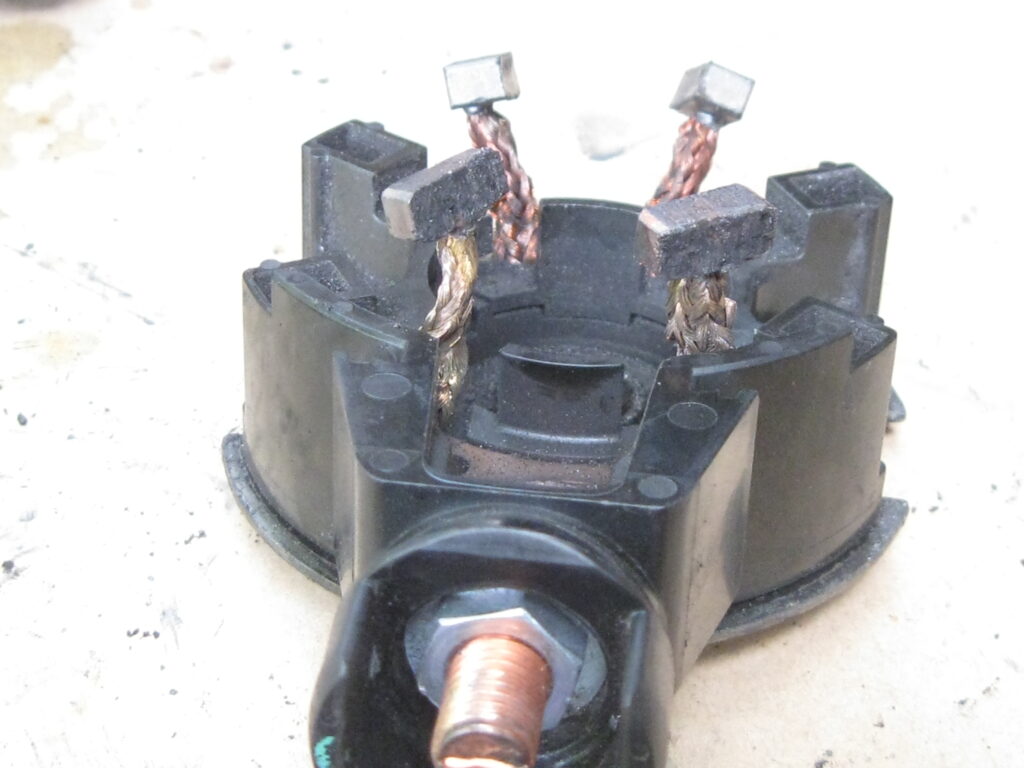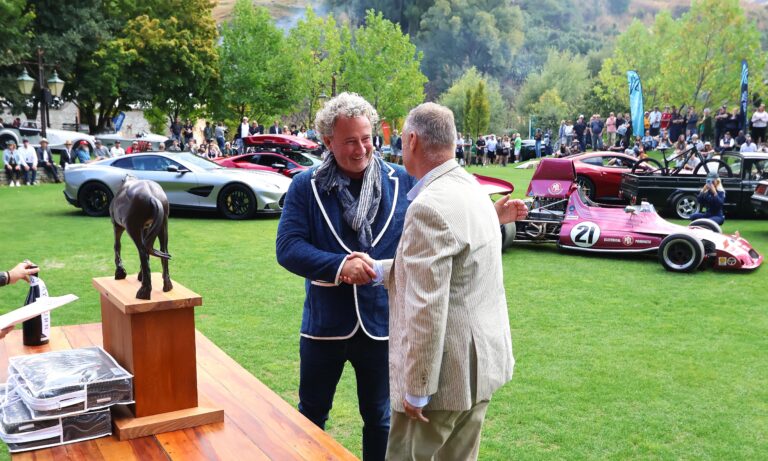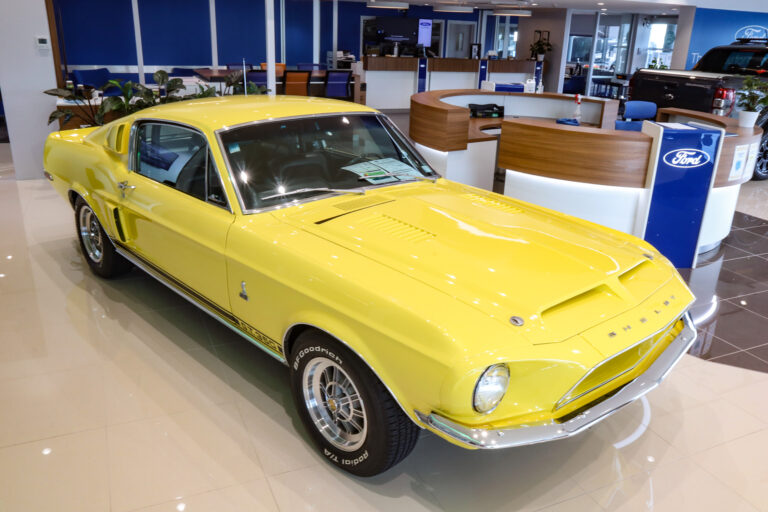The ‘Right to repair’ bill is going before parliament and we need to have our say
By Peter Barton

Our parliament is currently considering a member’s Bill, drawn by ballot, called the ‘Right to Repair’ Bill.
It’s due to go a Select Committee for consideration, and we can make submissions ie say what we think of it, before 3 April this year. It’s important because it will make spare parts and information for doing repairs far more readily available and this should slow the rate at which appliances, toys and so on get sent to landfill.
Here is the NZ Parliament website summary (and look especially at the second bullet point):
“The Economic Development, Science and Innovation Committee is calling for public submissions on the Consumer Guarantees (Right to Repair) Amendment Bill.
The bill would amend the Consumer Guarantees Act 1993. It seeks to require manufacturers to make repair parts and information available to consumers in order to extend the lifetime of products. The bill would replace the Act’s guarantee as to repair and spare parts, requiring manufacturers to:
- reasonably ensure that facilities for repair of goods and supply of parts for the goods are reasonably available for a reasonable period after the goods are supplied
- provide the consumer with, upon request, information, spare parts, software, and other tools used for diagnosing, maintaining, or repairing goods.
It would also:
- provide consumers with a right of redress against manufacturers where goods fail to comply with the guarantee
- enable consumers to request that a supplier repairs goods rather than replacing them
- require suppliers to repair goods within a reasonable time if such a request is made by a consumer
- repeal section 42 of the Act, which provides that repair facilities and parts do not have to be made available if the consumer is notified at the time the product is supplied.”
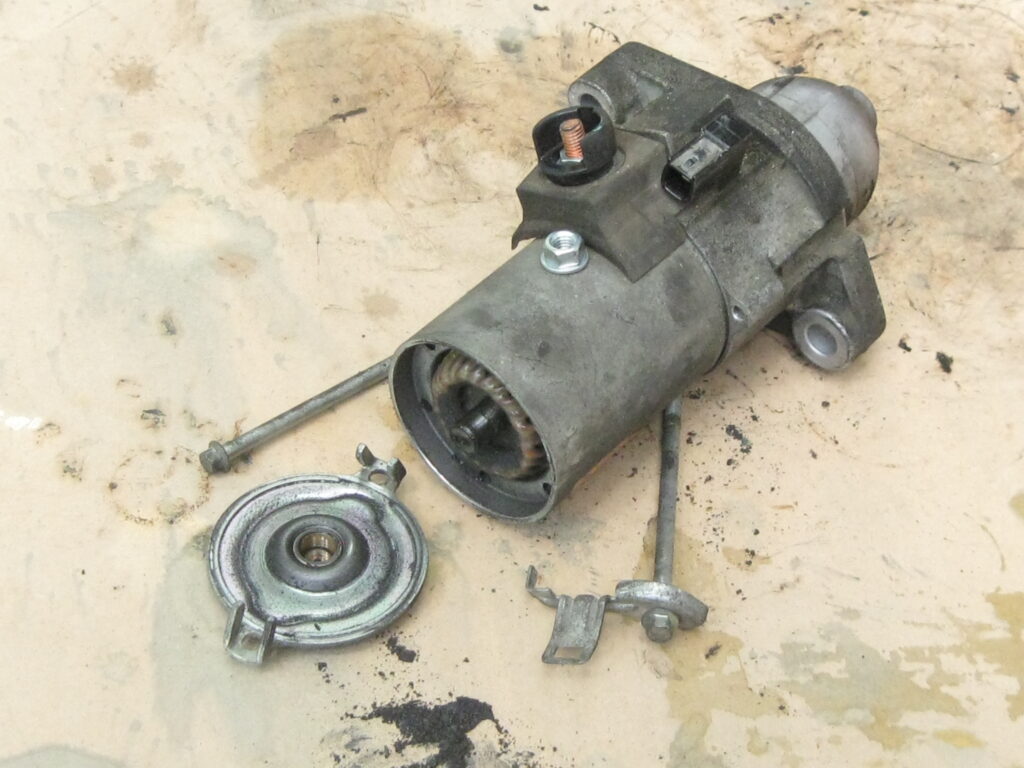

I am currently rebuilding a seventy-plus year old AJS motorcycle (see The Shed magazine issues 118 and 119), and I do not expect any help from long defunct manufacturers, but I do think that many other sheddies will be like me and also often try to repair modern household items before throwing them out or cannibalising for parts. One issue I am currently working through now concerns the starter motor for a car which has given me great service otherwise.
I thought it had a bad battery to start with, but attempts to jump start showed the problem was the starter. The dealer couldn’t help in a reasonable time frame (I needed the car urgently) and would have charged a ridiculous sum.
The local garage located a clone for me, at about $250, which I installed, all good.
Could I be a good citizen and give the starter back to the company, for reconditioning? I didn’t want money. No. I decided (curiosity) to dig into the motor (they are not complicated) to locate the problem; as I suspected, the brushes were totally worn. At this moment, I am trying to locate replacement brushes and my chances of getting some which I can be confident will be the correct fit, and at a reasonable price are not looking good.
Overseas vendors (who I generally avoid) seem to have some, but the P&P makes the prices hilarious.
I had to repair a hot water kettle, the type that sits on a power base. A replacement base was unavailable. I had to make a special screwdriver to open the base (I accept that electrical safety reasons can justify that), but then I found that some points had burned out, beyond being salvageable. I could not get any replacement and had to make some. Over the years I have had similar issues with other appliances (switches on a rangehood, an oven controller, fridge thermostat, dishwasher control unit ….).
I urge you to make your views known on the bill.
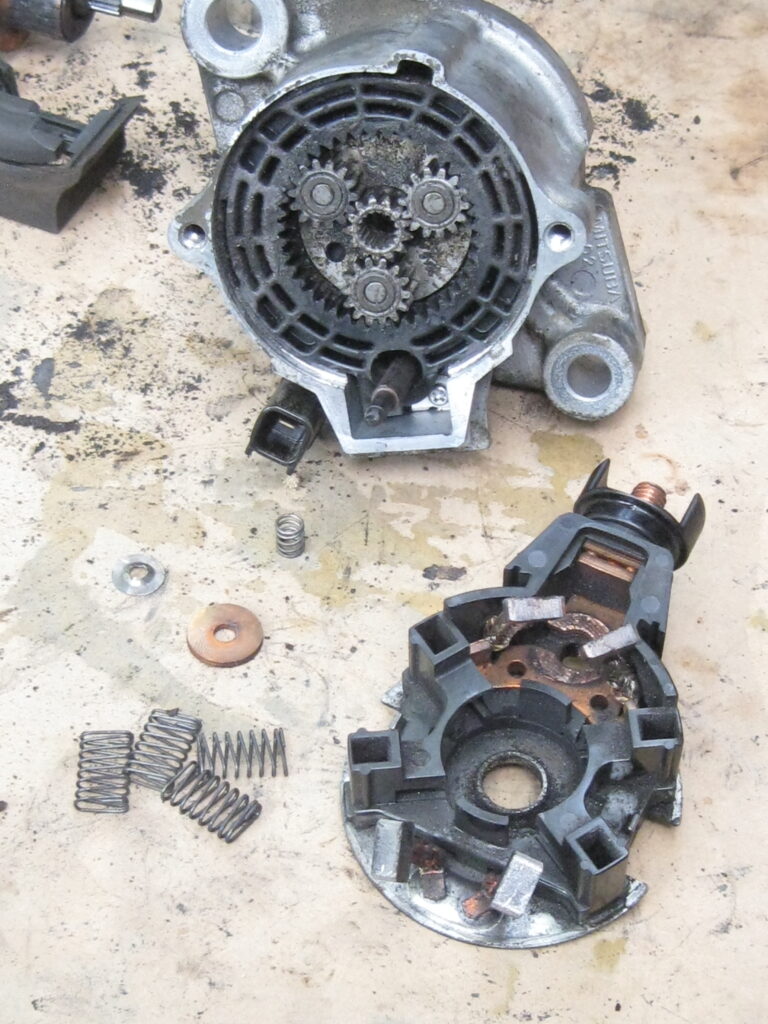
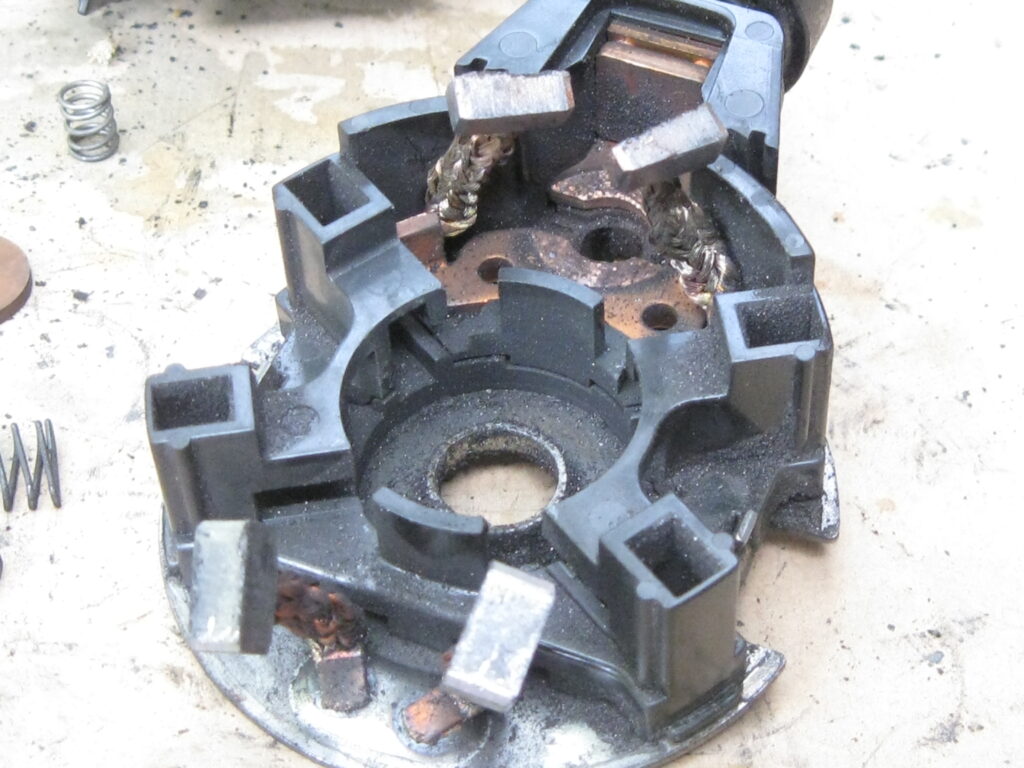
The Bill is a private member’s one, and no political party is under any obligation to support it. Industry may oppose it or create pressure to water it down.
A couple of websites which are interesting: search for ‘A J Park’ and also ‘Russell McVeagh’ and give the name of the Bill. The Parliamentary website gives directions on how to make a submission and provides a link so that the process is made easier.
There is very little time left before the Thursday, 3 April, which is the deadline for submissions.
